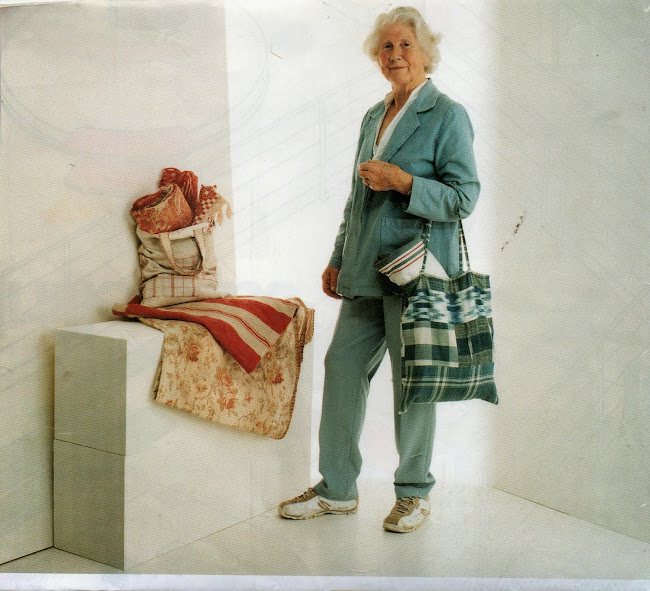 |
| Rack with 36 rails |
 |
| Wooden rack with 6 rails |
 |
| French wall rack |
 |
| Double bin for bulky items |
 |
| French standing rack |
See the following pictures showing shop fittings. I have got to the last stages of my stock clearance and next week when my colleagues, now running T4T Fairs, hold one in the Masonic Hall, Church Street, Bradford on Avon, Sat.Sept.6th. 10 - 4pm., I am opening my old wine vaults next door to clear ALL REMAINING STOCK AT HALF PRICE so I will have some good bargains for the early birds.
I will have a number of SHOP FITTINGS also for sale, particularly useful for people who sell textiles and costume and which are now surplus:
Chrome heavy duty RACK with 35 stove enamelled rails with clips, for display of quilts, shawls, tickings, sheets, all fabrics etc. (this has been my prime sales aid to display my large stock and has sold many hundreds of items for me). This is a bespoke professionally made fitting, originally extremely expensive. .It is counter-ballanced so it cannot tip over with heavy weight. Perfect condition. £140 Chrome large and very strong basket type double bin wire fitting for display of cushions, blankets,
and bulky items, v.g.c. £55 .
Lightweight white clothes rail, useful to take to fairs, takes apart with butterfly nuts, well used £10
White painted wooden wall fitting, three double rails, approx 3' wide for smaller items v.g.c. £75 Set bamboo shelves, painted aqua, folding flat, 4 shelves, light and mobile for fairs, well used £45
French brown painted hanging kitchen rack with hooks, good display for small items, bags, hats, £45
kitchenalia, good condition another, floor standing, painted aqua, ideal for brocante stuff v.g.c. £35
small decorative set of shelves, chestnut wood, tramp work carving £75 ~
Sundry French curtain rails (over 5' wide) and ormulu bracket fittings and lots of rings and clips, all sizes
Quantity of immaculate large and small cello bags for selling and posting linen; sheets and pillow case 30 per pack £3
 |
| plastic storage trays ex textile mill |
If you wish to reserve any of the above or discuss,
phone 01225 866 136 (eves). You can collect at the Fair!


















